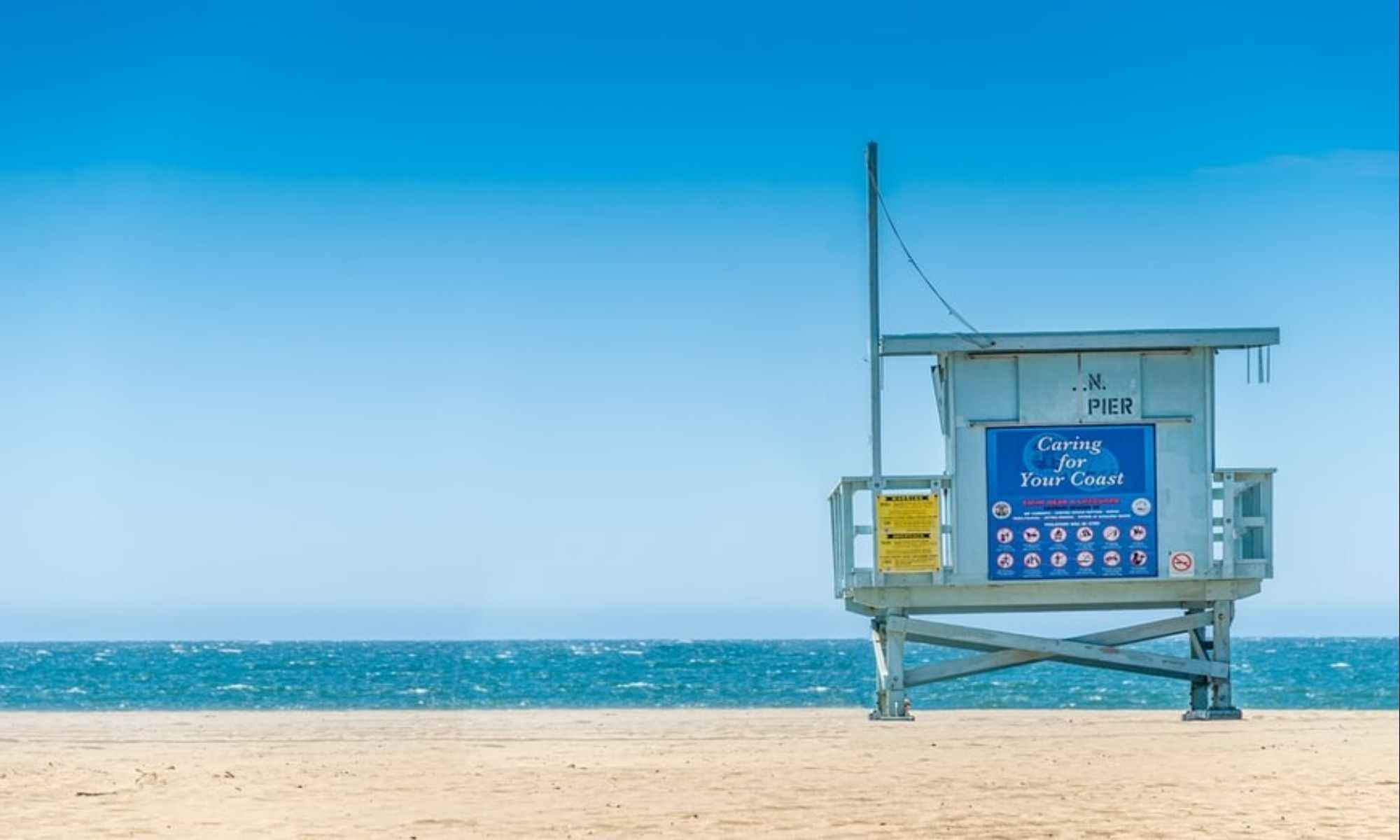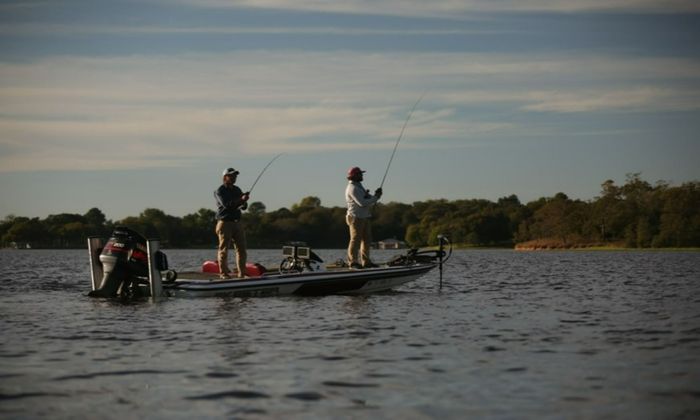Top Tips for Fishing in Different Seasons
A guide for anglers on how to prepare a fishing trip for each season.

The unpredictability and variety of weather distinguish fishing from all other sports. Many anglers plan their trip based on the climate. Tides, temperature, and time of day influence how well a fishing trip goes. Many anglers prefer to fish on cloudy days or sunrise when the weather isn't too hot. Fish are coldblooded, so their behavior is affected by the temperature of the water around them. They are dormant when it is cold, and they pull back to deeper waters to stay cool when it is very hot.
Some fish are better caught in specific months than others. Anglers often only have a small window when catching popular trophy fish. Not only are some of them very elusive, but they can only be caught in certain conditions. When it comes to state rules when catching fish, the authorities strictly regulate much rarer and more sought out game fish. These regulations vary from state to state but are primarily imposed to prevent overfishing and let fish have a more natural maturity cycle. Anglers unaware of seasonal limits can see them written on the state’s fishing license, something anglers should never forget to check. To that end, anglers have to prepare in different ways when fishing during different seasons. There are many things to expect when fishing each season, with most of them being unique in their way. Here are some tips every angler should know when fishing during each season.
Seasonal Fishing: Everything You Need to Know
1. Spring

During spring, anglers will find that many fish are active in fishing. This is mainly due to the end of winter. Many fish are less active during the season prior and don’t feed as much. They enter a hibernation-like state where their metabolism slows down enough not to eat a lot. One of the reasons fish do this is because vegetation and smaller bait do not survive during this time. This means that fish have less to eat. When it comes time for spring, many fish like largemouth bass and many species of catfish lay eggs. It also helps that spring temperature is not as warm compared to summer. Fish are much more likely to spend their time in shallow areas. Their appearance in shallow water makes techniques like fly fishing much easier. Besides shallow parts of the water, weedy areas with lots of vegetation are frequented by fish during spring. Many of these areas contain their eggs.

Despite being a time when fish are most active, many fish aren’t as big in spring. Coming from a season where they barely ate, fish are actively feeding but will probably not reach their largest size.
2. Summer
Summer is one of the most popular times to go fishing because many of the eggs laid in the spring have matured a little. Most of these juvenile fish are out and about, feeding on bait and small fish. Bass fishing is the most popular during summer as many have matured enough. Many professional and amateur bass fishing competitions are held during this time. Despite being another season with much active fish, the window for fishing in shallow waters is minimal. Many times, the sun’s heat can be a detriment for anglers. When the water’s temperature rises, many fish swim deeper into the water or try to find shade. While fishing during sunrise and sunset are the most recommended times to go on a fishing trip, anglers fishing in the heat of the sun should try to look beneath piers where fish hide.
Anglers out during the summer should try deep sea fishing as well. Since many fish move deeper during the hotter times of the day, there is nothing better than setting up some sinkers deep into the water and catching trophy fish like tarpon or mahi-mahi.
3. Fall
Despite being on the colder end of the year, fishing can be pretty fruitful during fall. Many fish prepare for the winter cold by stocking up on food and actively feeding on fish. Many fish like bass and perch are actively feeding during this time. Since the temperature is cold, many fish swim further up to the water’s surface or take the sun's heat. Channel catfish are one such fish that does precisely that. Anglers should take care to start preparing for the cold. Compared to summer, where thin, cotton shirts are the norm, anglers should prepare wool clothing to shield them from the cold. Many anglers also use wade fish during fall as many stream trout are more active during the cold. During fall and winter, waders with high insulation are essential when wade fishing.
Many anglers also take this opportunity to target saltwater fish moving into the coastline. With many fish preparing for the winter, predators are out in the open, ready for anglers to catch them. Even without boats, many piers, docks, and beaches are great for fishing. Many fish are bunched together, especially when feeding on prey. They’re not much active elsewhere but are easier to catch when anglers find schools of fish. Live baits are much more successful with the eagerness of the fish to stock up on food.
4. Winter
It can be pretty hard for anglers to catch fish during the winter. As previously mentioned, the lack of vegetation and food for game fish to eat leads them to have a slower metabolism with the lack of a need to eat during winter actively. Despite the lack of activity, the fish make up for it with their size. Some of the biggest catches of the year can probably be found on winter fishing trips. For anglers trying to do ice fishing, a fish finder is one of the most important things to bring. Before fish finders were more popular and accessible, ice fishing meant sitting in front of a hole all day, waiting for a bite. With fish finders being easier to use, anglers can traverse easier through the ice while checking for fish underneath.





